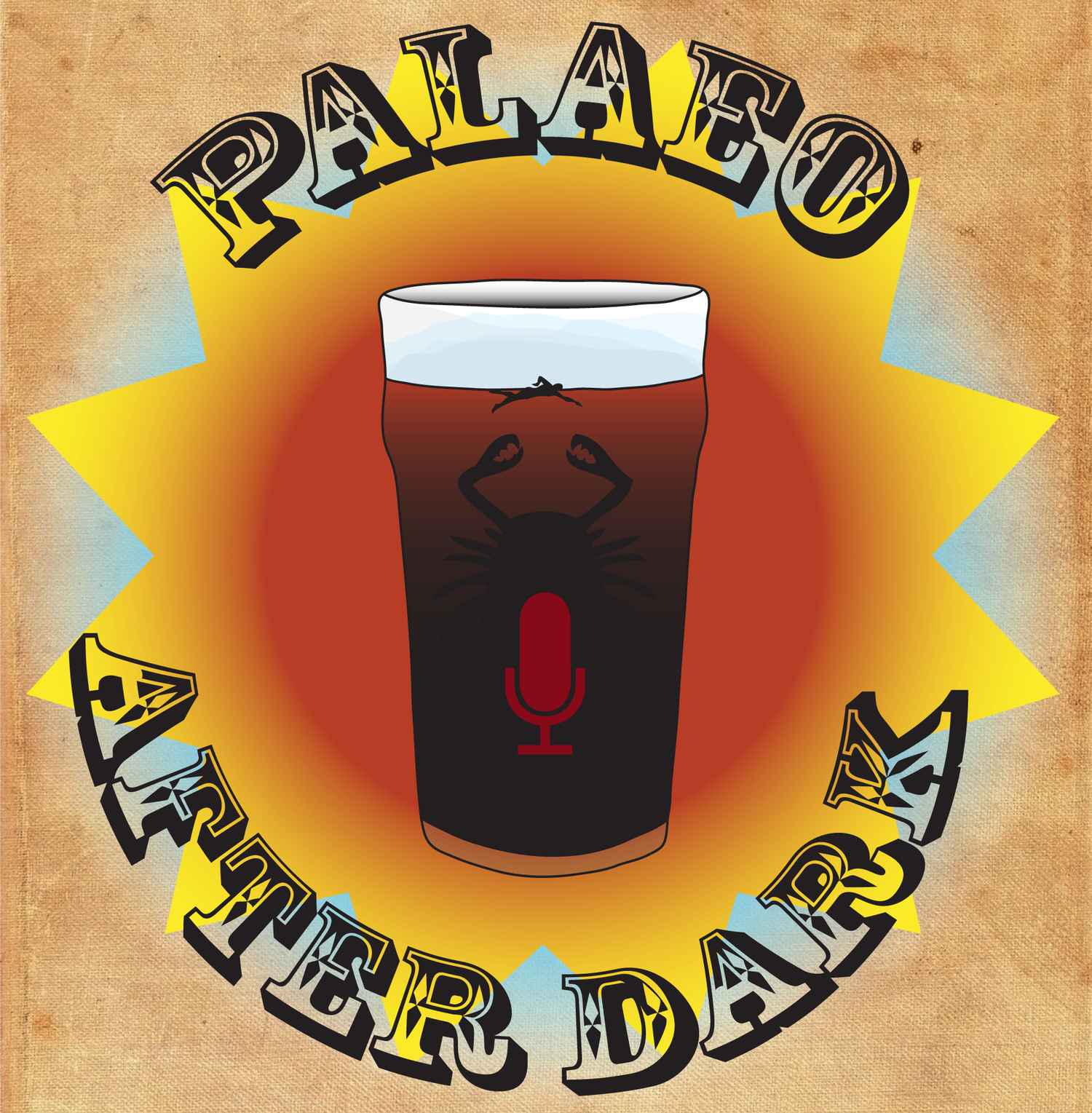Podcast 113 - What's In a Bauplan
/The gang discuss the concept of the body plan, or "bauplan", and what it means for our understanding of evolution. When in the evolutionary history of a group do the morphological characteristics we associate with that group become fixed? Meanwhile, Amanda details the exploits of mischievous crows, Curt explains our free-to-play academic futures, and James educates America on British society. Also, we start talking about science about 9 minutes in.... it's one of those podcasts.
If you want to support the podcast, you can go to www.patreon.com/palaeoafterdark to find out more.
Up-Goer Five (Curt Edition):
Our friends talk about body plans. Yes, we can say body plan in this. Some animals and not animals are almost the same, and people wonder if it is because those animals and not animals are brothers and sisters but bigger. Also, people wonder when these animals and not animals first became the same, because they started out not the same and became more same over time. Does it matter that these animals and not animals are the same? Why are they the same? It turns out that some animals that are small with weird mouths were more different in the past than we thought, and they got their weird mouth before they became really same. Also big animals that were brother and sister but bigger to animals that would walk and maybe fly some day were very different in the past.
References:
Aria, Cédric, and Jean-Bernard Caron. "Burgess Shale fossils illustrate the origin of the mandibulate body plan." Nature 545.7652 (2017): 89-92.
Nesbitt, Sterling J., et al. "The earliest bird-line archosaurs and the assembly of the dinosaur body plan." Nature 544.7651 (2017): 484-487.
"Brightly Friendly" Kevin MacLeod (incompetech.com)
Licensed by Creative Commons: By Attribution 3.0
http://creativecommons.org/licenses/by/3.0/

















